
Lexus RC F review
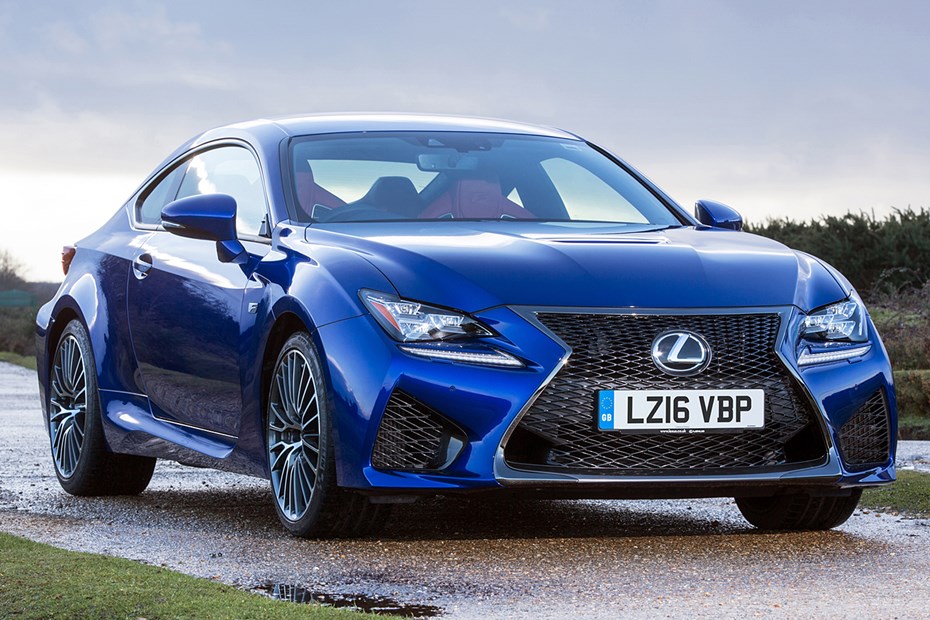
At a glance
| Price new | £74,855 - £91,205 |
|---|---|
| Used prices | £17,048 - £84,750 |
| Road tax cost | £600 - £710 |
| Insurance group | 45 - 50 |
Get an insurance quote with

|
|
| Fuel economy | 23.9 mpg |
| Range | 334 - 377 miles |
| Miles per pound | 3.5 |
| View full specs for a specific version | |
Available fuel types
Petrol
Pros & cons
- Distinctive looks
- Interior quality
- Noise
- Performance
- Distinctive looks
- Slow gearbox
- Narrow power band
- Comfort
Lexus RC F rivals
Overview
Renowned for sensible but luxurious hybrid models, the new Lexus RC F looks set to follow on from the brilliantly single-minded LFA supercar and four-door IS F sports saloon as the firm’s new performance halo model in an otherwise staid line-up.
Just one glance at the bulging bonnet, creased flanks and quad exhaust outlets is enough to tell you the Japanese firm means business too. Even if the firm is only expecting to sell 200 examples of the RC F in the UK each year.
One engine, plenty of power
Every other performance car – think Audi RS5, BMW M4 and Jaguar F-Type R – use forced induction systems to produce their power more efficiently. Not Lexus though, it’s sticking with a naturally aspirated V8 petrol, weighing in at a sizable 5-litre capacity. The result is 471bhp, and the most powerful V8 engine Lexus has ever made.
It’s a familiar enough unit, donated in its most basic form from the previous IS F, but thoroughly reworked for that extra horsepower (+54bhp) and a few nods to Euro6 compliance and increased efficiency. The latter isn’t a strong point though, with CO2 emissions of 252g/km and combined economy of 26.2mpg – though in our experience a real-world figure will be far closer to 20mpg instead.
The stats suggest the performance is less underwhelming, with the RC F quoted as completing the 0-62mph sprint in 4.5 seconds before finishing its run at an electronically limited 168mph. You do have to work the car hard to get there though, as peak power doesn’t arrive until 7,100rpm and peak torque (530Nm) is only available from 4,800rpm.
There are eight speeds to the automatic gearbox to help you take advantage of this, though the box is slow to change down especially and can be less than smooth under full-throttle up-shifts. At least the glorious engine noise, of which only a minute percentage is piped into the cabin, makes the effort required of the driver seem worthwhile.
Driving Modes
In total there are up to 12 different modes available in the RC F that affect the way it drives, as long as you have the RC F Carbon or have specified the optional Torque Vectoring Differential. And it doesn’t even have adaptive dampers.
Drive Mode Select alters engine output and throttle responses as well as gearbox operation with Eco, Normal, Sport S, Sport S+ and Snow modes available. Swapping between the first four also alters the instrument display layout, and in Sport S and Sport S+ mode the central rev counter is recalibrated to place the 7,000rpm marker at the top – just like in some race cars.
The firm’s Vehicle Dynamics Integrated Management (VDIM) concerns the ABS, traction control and stability systems and operates in Normal, Sport, Off and Expert modes, the latter allowing more extreme slip angles than Sport while retaining a final safety net. The Torque Vectoring Differential (optional on standard cars) operates in Standard, Slalom (for increased agility) and Track modes.
All cars come with an eight-speed automatic gearbox, with manual shift paddles attached to the rear of the steering wheel, with each upshift taking one tenth of a second. Rivals, with twin-clutch automatic gearboxes, do it faster and this lethargic shifting is even more apparent when down-changing either manually or requesting kick-down through the gears in automatic mode.
Lexus Interior Quality
It wouldn’t be a Lexus if the interior didn’t feel like it was hewn from solid granite, and it’s a case of business as usual with the new RC F. All of the plastics, and there are a handful too many different types if truth be told, look and feel expensive while the leather seats are exceptionally finished and extremely comfortable and supportive too. The rears are rather cramped though, the low roofline meaning adults won’t fit easily and the small windows contributing to a claustrophobic feel.
As befitting its £60,000+ pricetag, the RC F is incredibly well-equipped as standard; those leather seats are also electrically adjustable and both heated and cooled – choose the Carbon edition and leather is complimented by Alcantara. The sat-nav uses a high-resolution seven-inch screen, controlled by a re-designed touchpad controller on the transmission tunnel.
A 10-speaker Pioneer sound system is fitted as standard, and can be swapped for a premium Mark Levinson system with 17 speakers – both offer a system to improve the sound of compressed digital music files like MP3s.
Safety is taken care of with eight airbags, Lane Keep Assist, Blind Spot Monitor, Rear Cross Traffic Alert and Automatic High Beam headlights – while a Pre-Crash Safety system is available as an option.
Choose an RCF Carbon and along with the Torque Vectoring Differential, Mark Levinson Hifi and the Alcantara seats the car benefits from Carbon Fibre Reinforced Plastic (CFRP) bonnet, boot and roof panels to decrease weight.
Available to order now, with the first examples arriving in the UK in early 2105, read the rest of the Parkers Lexus RC F review to find out if it’s good enough to usurp the BMW M4 from the top of the performance coupe chart.



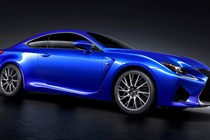
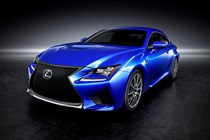
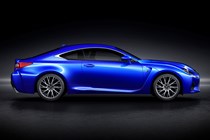
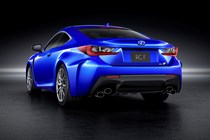
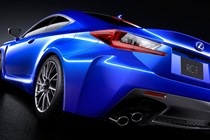
.jpg)
.jpg)
.jpg)
.jpg)
.jpg)
.jpg)
.jpg)
.jpg)
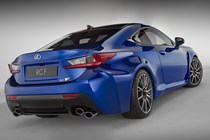
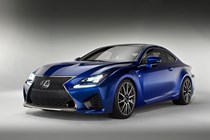
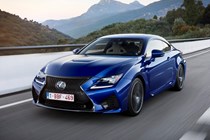
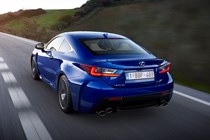

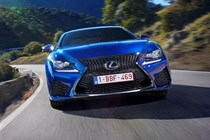

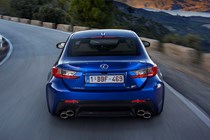
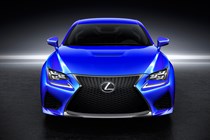
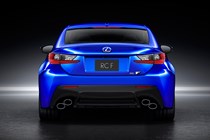
.jpg)
.jpg)
.jpg)
.jpg)
.jpg)
.jpg)
.jpg)
.jpg)
.jpg)
.jpg)
.jpg)
.jpg)
.jpg)
.jpg)
.jpg)
.jpg)
.jpg)
.jpg)
.jpg)
.jpg)
.jpg)
.jpg)
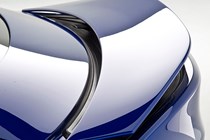
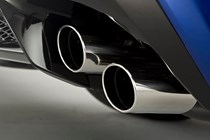
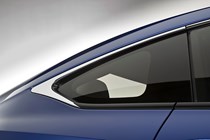
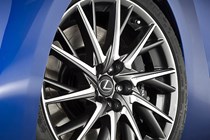

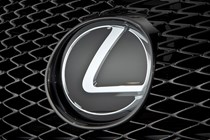
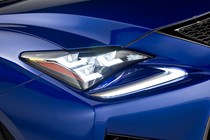
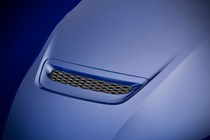
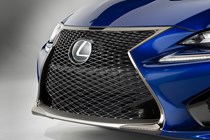
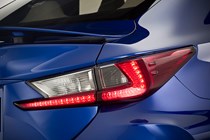

.jpg)
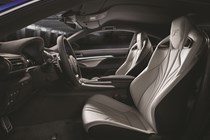

.jpg)
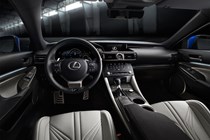
.jpg)
.jpg)
.jpg)
.jpg)
.jpg)
.jpg)
.jpg)
.jpg)
.jpg)
.jpg)
.jpg)
.jpg)
.jpg)
.jpg)
.jpg)
.jpg)
.jpg)
.jpg)
.jpg)
.jpg)
.jpg)
.jpg)
.jpg)
.jpg)
.jpg)
.jpg)
.jpg)
.jpg)
.jpg)
.jpg)
.jpg)
.jpg)
.jpg)
.jpg)
.jpg)
.jpg)
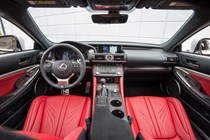
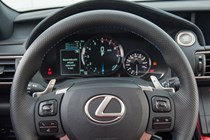

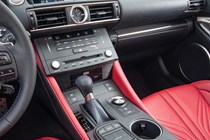
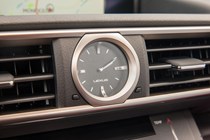
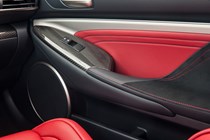
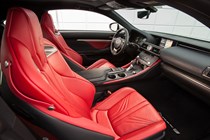
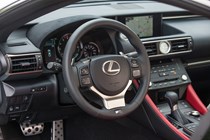
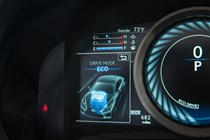
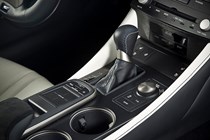
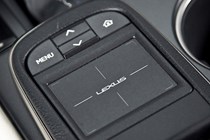
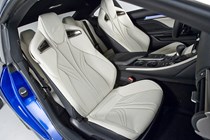
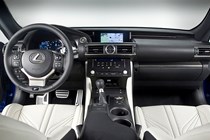
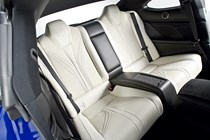

.jpg)
.jpg)
.jpg)
.jpg)
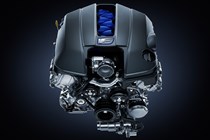
.jpg)
.jpg)
.jpg)
.jpg)
.jpg)
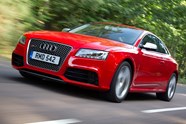








.jpg?quality=50)
.jpg?quality=50)
.jpg?quality=50)
.jpg?quality=50)
.jpg?quality=50)
.jpg?quality=50)
.jpg?quality=50)
.jpg?quality=50)










.jpg?quality=50)
.jpg?quality=50)
.jpg?quality=50)
.jpg?quality=50)
.jpg?quality=50)
.jpg?quality=50)
.jpg?quality=50)
.jpg?quality=50)
.jpg?quality=50)
.jpg?quality=50)
.jpg?quality=50)
.jpg?quality=50)
.jpg?quality=50)
.jpg?quality=50)
.jpg?quality=50)
.jpg?quality=50)
.jpg?quality=50)
.jpg?quality=50)
.jpg?quality=50)
.jpg?quality=50)
.jpg?quality=50)
.jpg?quality=50)











.jpg?quality=50)


.jpg?quality=50)

.jpg?quality=50)
.jpg?quality=50)
.jpg?quality=50)
.jpg?quality=50)
.jpg?quality=50)
.jpg?quality=50)
.jpg?quality=50)
.jpg?quality=50)
.jpg?quality=50)
.jpg?quality=50)
.jpg?quality=50)
.jpg?quality=50)
.jpg?quality=50)
.jpg?quality=50)
.jpg?quality=50)
.jpg?quality=50)
.jpg?quality=50)
.jpg?quality=50)
.jpg?quality=50)
.jpg?quality=50)
.jpg?quality=50)
.jpg?quality=50)
.jpg?quality=50)
.jpg?quality=50)
.jpg?quality=50)
.jpg?quality=50)
.jpg?quality=50)
.jpg?quality=50)
.jpg?quality=50)
.jpg?quality=50)
.jpg?quality=50)
.jpg?quality=50)
.jpg?quality=50)
.jpg?quality=50)
.jpg?quality=50)
.jpg?quality=50)















.jpg?quality=50)
.jpg?quality=50)
.jpg?quality=50)
.jpg?quality=50)

.jpg?quality=50)
.jpg?quality=50)
.jpg?quality=50)
.jpg?quality=50)
.jpg?quality=50)